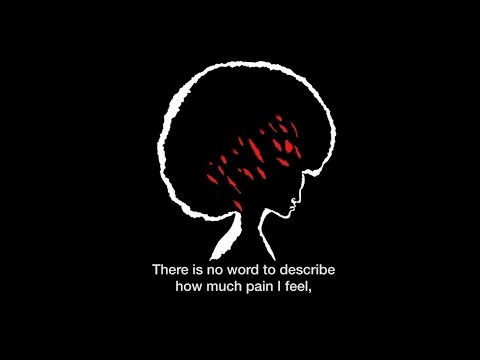Family planning is a right, not a privilege. However, there are 222 million women in the world who do not want to become pregnant but are not using any contraception. If everyone who wanted and needed contraception had access to appropriate methods; unintended pregnancies, abortions, pregnancy-related deaths, and sexually transmitted infection (STI) rates would decline.
Moving to the UK from Australia, I was surprised to discover that most contraception here is free. However, on further thought, having access to free contraception should be the norm, not a luxury. The Mirena intrauterine system is a convenient method of contraception, which is easily and quickly inserted into the uterus, and remains there for five years, providing 99.8% protection against pregnancy, making it one of the most effective forms of non-permanent contraception in the world. The Mirena is worth £88 but is provided by the NHS for free and is widely available. In Australia, the Mirena is government subsidised and costs a consumer about £18.
Imagine living in a country where contraception like the Mirena is too expensive to afford. Or where it is not available in your village, or the next one over, and the distance to travel to access it is too far, or the cost of transport to get there is too much. Or where there are no other contraceptive options available – no pill, no implant, no injectable. Imagine your partner telling you they don’t want you using contraception, or your friends and family fervently believing that, “Implants are the mark of the devil,” “Intrauterine devices can make their way from your uterus to your brain,” “The pill collects in your stomach,” or that, “Contraception causes infertility.”
Unfortunately, even though family planning was hailed as one of the greatest public health achievements of the past century, many couples, all over the world, particularly in developing countries, do not have the prerogative to choose the number of children they have.
There are many reasons why women do not use contraception. They may have misconceptions about their risk of pregnancy; or concerns about the side effects of contraceptives. There may be opposition from husbands or members of their family, or lack of access to an adequate mix of modern contraceptive options that women feel comfortable using.
Unmet need for contraception is higher for poorer couples. Thus the issue stems from a vicious circle of poverty; the poor have insufficient access to contraception, which then further exacerbates their impoverished state. Families with more children are likely to become poor. These children are often less educated and well nourished. A smaller family allows parents to invest more in each child.
A woman’s ability to choose if, and when she becomes pregnant has a direct impact on her health and well-being. If women carry out pregnancies in low-resource settings without safe delivery services, the risks of maternal mortality are high. Family planning can delay pregnancies in young women at increased risk of health problems and death from early childbearing. It can prevent pregnancies among older women who also face increased risks. Family planning prevents closely spaced pregnancies, which contribute to infant mortality rates.
Universal education and gender equality are improved with family planning. Women who use contraception are more likely to finish school and maintain employment, thus reducing gender imbalance.
Efforts have presented significant challenges in the distribution of modern contraception to the developing world. Particularly in the procurement and financing of contraceptives. It takes skilled health workers to administer many methods of contraception. More workers will need training to offer high-quality services while also respecting confidentiality and providing friendly, non-judgmental direction.
As it stands, ‘An additional $4.1 billion per annum investment is necessary to meet the unmet need for family planning of all … women in the world who would use family planning but currently lack access to it’ (UNFPA 2012). This investment would help prevent unintended pregnancies and unsafe abortions.
There exists no single pathway for success. Safe and effective methods have been well established, so the key issues with family planning concern means of promotion and service delivery. Strategies that been effective in countries with a strong health infrastructure, high media exposure, and strong demand for services, will not necessarily be effective in other settings. Context is the most important determinant of what combinations of interventions will work best.
Governments, non-government organisations, and other civil society groups are supporting the broader development issues of poverty reduction, sustainable development, and the Millennium Development Goals through careful and coordinated strategies contextualised to specific situations and communities where family planning is needed. The issue at hand can be dealt with, hopefully through making voluntary contraception more widely accessible.
The Mirena is a brand of intrauterine system (IUS) – a small plastic device inserted into that uterus that releases progestogen and prevents pregnancy. The intrauterine device (IUD), otherwise known as the coil, is a small copper device inserted into the uterus that also prevents pregnancy.




